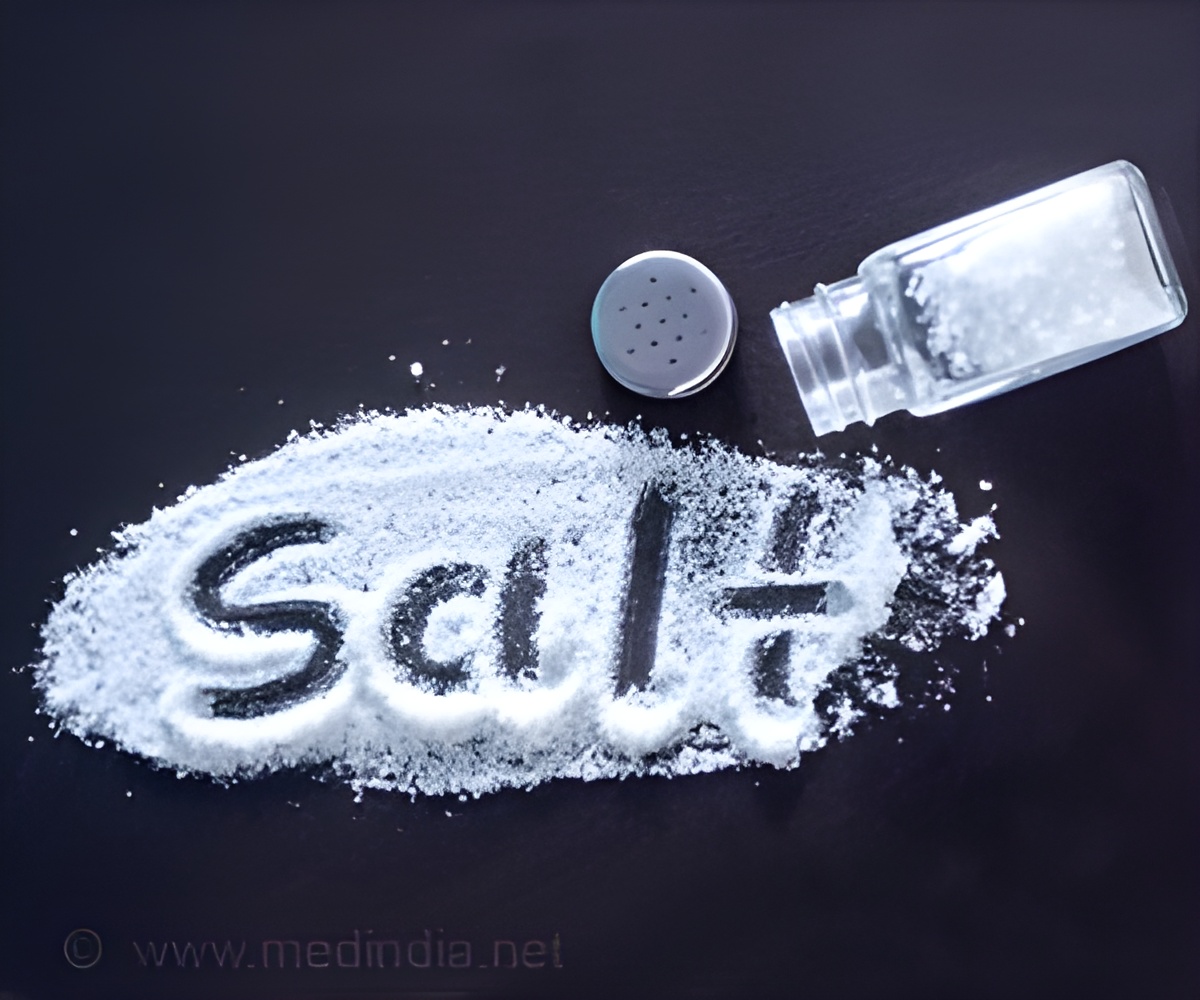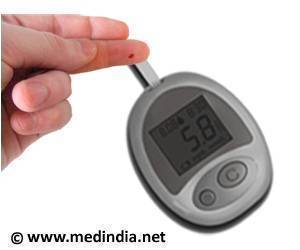
‘The risk of developing type 2 diabetes increased by 43% for each extra gram of sodium consumed per day.
’
Tweet it Now
LADA is a form of type 1 diabetes (T1D) in which the insulin-producing cells in the pancreas are destroyed by the body's own immune system, but unlike typical T1D it develops very slowly, sometimes over a period of years. This, together with it appearing in later in adulthood, can lead to it being mistakenly diagnosed as T2D.This study was conducted by Dr Bahareh Rasouli of The Institute of Environmental Medicine (IMM), Karolinska Institutet, Stockholm, Sweden, and colleagues from institutions in both Sweden and Finland, and aimed to discover whether there is a link between sodium intake and the risk of developing T2D or LADA.
The team used data from a Swedish population-based study of risk factors for LADA and T2D, and compared the 355 and 1136 cases of each respectively with a matched group of 1379 individuals from the wider population acting as controls.
Dietary intake was recorded using a food questionnaire and used to calculate the daily consumption of calories, nutrients, and sodium. The influence of genetics on diabetes risk was also considered, with patients being divided into 'high risk or 'other' according to their HLA genotype. Adjustments were made to account for differences in risk factors including age, gender, BMI, smoking, physical activity, family history of diabetes, alcohol, total energy, and potassium intake.
The study found that sodium intake was associated with an average 43% increase in the risk of developing T2D for each extra gram of sodium (equivalent to 2.5 extra grams of salt) consumed per day. When dividing participants into three groups of sodium consumption (low under 2.4g; medium 2.4-3.15g; high above 3.15g), the group with the highest consumption had a 58% higher risk of developing T2D compared with the lowest consumption group. However, since salt is only 40% sodium by weight, for actual salt consumption the low consumption group is 6.0 grams and under; the medium consumption group is 6.0-7.9g, and the high group is above 7.9 grams per day.
Advertisement
The authors conclude: "We confirm an association between sodium intake and type 2 diabetes" and that "high sodium intake may be a risk factor for LADA, especially in carriers of high-risk HLA genotypes." They suggest that these findings may have important implications for the primary prevention of diabetes with adult onset."
Advertisement
Source-Eurekalert















